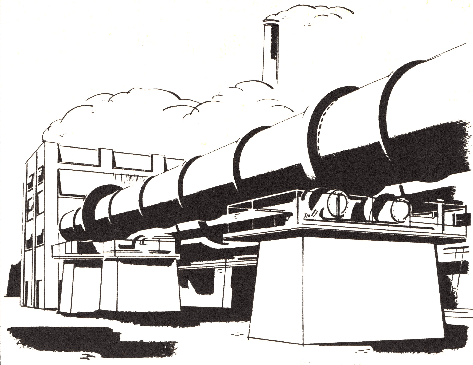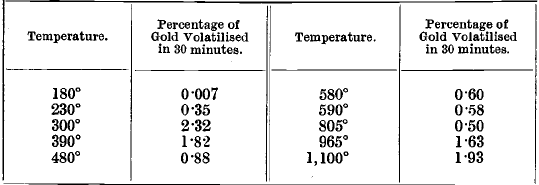Rotary Kiln Maintenance
Rotary Kiln Alignment The continuity of operation of a lime sludge kiln requires strict maintenance control. The rotary kiln is among the largest type of moving machines made and is subjected to extreme temperatures, power failures, atmospheric conditions, varying loads, and other operating conditions which affect its wear and alignment. It should be erected under … Read more



